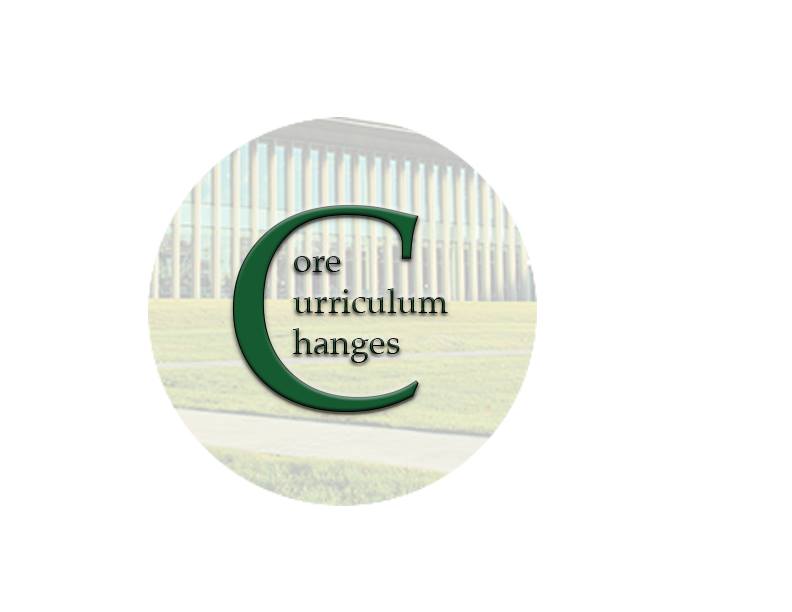New model proposed for core curriculum
Photo credit/ Amanda Focht
November 7, 2017
The Core Curriculum Revision Task Force is proposing a new model to revamp Marywood’s core curriculum.
The Strategic Resource Allocation (SRA) final report from last year, which analyzed the amount of financial resources allocated to programs, stated the university would conduct an in-depth study of the core curriculum from January 2017 to December 2017.
According to Core Curriculum Committee Co-Chair and Associate Professor of English Dr. Helen Bittel, the SRA report put Provost Dr. Susan Turell in charge of convening a group to study the core curriculum. The group consists of Bittel, other members of the Core Curriculum Committee, faculty members, a dean and administrators.
Currently, the core curriculum is a “distribution model” where students pick courses out of various required categories, according to Turell.
Bittel said that while students receive education in various disciplines, there is nothing that brings them together in an intentional way. She said the proposed model is more integrative and allows students to make connections between different areas of study.
In the first year under the proposed model, students would take four foundational courses called “linked courses,” according to Bittel. Turell said these courses may be linked through areas like shared assignments, common themes or professor collaborations, but that is not yet confirmed.
The proposed model also includes “threads” where students would take courses centered around a central question or theme and finish with a core capstone that pulls everything together, Turell said.
Bittel said with threads, students would take eight courses in the areas of science, social science, history, art, philosophy, religious studies, literature and a course of their choice.
In addition to choosing classes from these disciplinary areas, students would have to take courses “tagged” with certain skills like writing, she said.
Bittel said in the threads, the task force included provisions for students of certain majors. For example, some students may need a certain science course for their major that is not included in a thread, but could be substituted to prevent the student from having to take an extra course.
Bittel said the proposed model also includes adjustments to the math and foreign language requirements. The model requires zero to nine foreign language credits and zero to three math credits. The “zero credits” would apply if students passed place-out exams in these areas.
Turell said the task force is hoping to get the model approved by the end of this semester, and it would not go into effect for current students. She said if it gets approved, the committee would have a year and a half to flesh out the details and familiarize the faculty with the model.
Bittel said the task force has not yet arrived at a conclusion as to how transfer students would factor into this proposed model. She said they have been looking at models from other schools, and many do not implement a changed core curriculum for transfer students until a few years after first-year students have gone through it.
Bittel said the proposed model has received mixed reactions from members of the Marywood community. Faculty members participated in three open forums this semester, and the Student Government Association (SGA) hosted a town hall to receive input from students.
Faculty also participated in an open forum on Oct. 25 to summarize feedback, propose modifications and discuss moving forward, according to Bittel.
The model presented at the Oct. 25 forum differed slightly from the model presented at earlier forums because it was modified based on the feedback received.
Bittel said faculty members had questions about the details, but none seemed to object to the concept. She also said some see exciting opportunities with the changes, while others feel worried about the particulars.
To move forward, Bittel said the undergraduate faculty will need to vote on the model. This vote will inform the Core Curriculum Committee, which makes the final decision.
Follow The Wood Word for more updates.
Contact the writer: [email protected]
Twitter: @BWilliamsTWW





